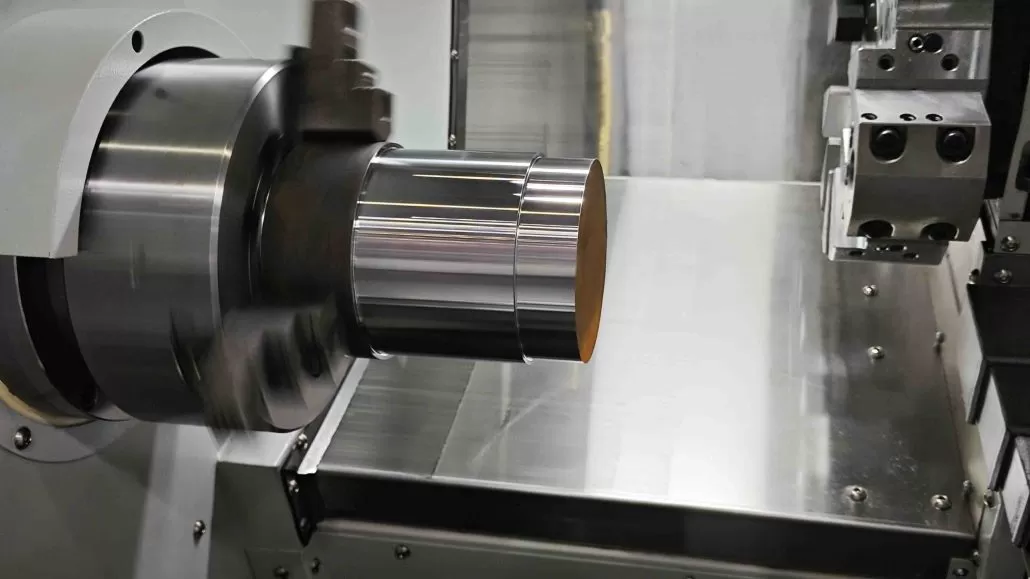Direct Metal Laser Sintering (DMLS) and Rapid CNC Machining are two of the most commonly used methods for producing high-quality parts with great accuracy, speed, and precision. While both methods share some similarities, they also have unique benefits that make each one a promising choice for specific applications.
DMLS is a 3D printing technology that uses a laser to melt and fuse metal powder, layer by layer, to create a part. One of the most significant advantages of DMLS is its ability to produce complex geometries and internal structures that are impossible or difficult to produce with CNC machining. This is due to the fact that DMLS builds the part layer by layer, allowing for intricate designs that would be impossible to achieve with CNC machining. Additionally, DMLS can create parts with a high degree of accuracy and surface finish, which is important in applications where precision is critical. Moreover, DMLS can produce parts with varying material properties by blending different metal powders, which is not possible with CNC machining.

On the other hand, CNC machining uses a computer-controlled machine to carve a part out of a solid block of material. CNC machines can produce parts with higher strength and durability than DMLS, making them a better choice for applications that require high stress tolerance. Additionally, CNC machines can produce parts with a wider range of materials, including plastics and composites, which are not compatible with DMLS. precision CNC machining is also faster than DMLS when it comes to producing large quantities of parts, which can be advantageous for some applications.
In conclusion, while DMLS is a promising technology that has some unique advantages over CNC machining, it is not a replacement for CNC machining. Both methods have their strengths and weaknesses, and the choice between them depends on the specific needs of the application. In general, DMLS is a good choice for applications that require complex geometries, high accuracy, and surface finish, while CNC machining is a better choice for applications that require high strength and durability, a wider range of materials, and the ability to produce large quantities of parts. It is important to carefully evaluate the needs of your project and select the method that best meets those needs.


